
Bangladesh
-
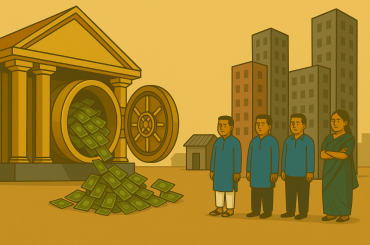
How interest rate caps increased the provision of credit to firms in Bangladesh
A cap on corporate loan interest rates in Bangladesh led to an increase in lending–without rationing credit to riskier borrowers–indicating banks have substantial upfront market power. What are the implications for interest rate regulation in develop...
-
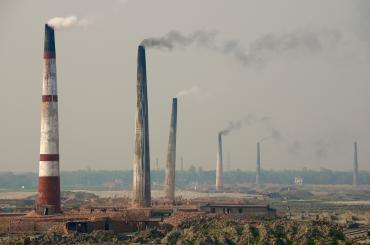
Improving practices at Bangladesh’s brick kilns: A win-win for business and the environment
New evidence from Bangladesh shows that aligning business owners' profit motives with environmental and health goals can effectively reduce the harm caused by pollution from brick kilns.
-
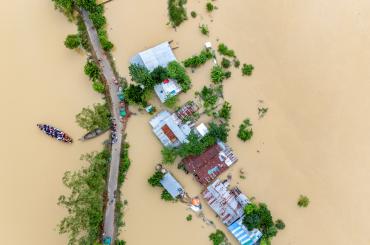
Climate adaptation in Bangladesh
How will climate change impact Bangladesh? How should policymakers respond to the growing threats of climate change? What are key priorities for climate change adaptation in Bangladesh?
-
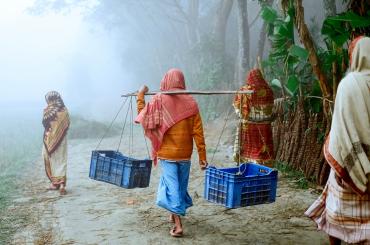
Targeting the ultra-poor through the Graduation approach: Insights from BRAC
Since the 1990s, BRAC's targeting the ultra-poor approach has helped millions improve their standard of living. Why have ultra-poor targeting programmes been effective, and what is the future of these programmes?
-

US tariffs on Bangladesh threaten decades of economic and social progress
The US has imposed a 37% tariff on Bangladeshi garment exports, a sector that employs more than 4 million people. Rigorous evidence shows that export-led manufacturing in Bangladesh has boosted female labour force participation, increased girls education and delayed marriage. This trade shock could reverse decades of economic and welfare gains for Bangladeshi women and girls.
-
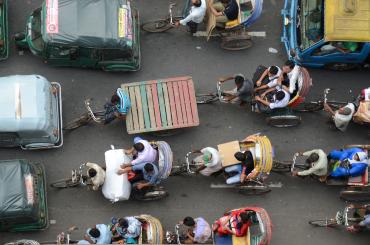
Bangladesh’s path forward: Leveraging evidence-based policy for economic and political reform
What is Bangladesh's path to improving governance and promoting economic development post-revolution?
-

How the price of agricultural inputs constrains farmers in Bangladesh
There are fears that agricultural subsidies could attract farmers with low returns to use new technologies. Evidence from Bangladesh shows that without subsidies, the price of agricultural inputs is actually a barrier to adoption, highlighting that h...
-

How programme design and local context shape the lasting effects of cash and food transfers
A transfer programme in Bangladesh led to sustained consumption increases and reduced poverty four years post-programme, but design and context mattered.
-
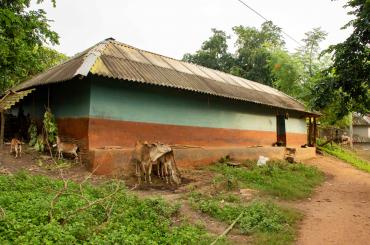
How a documentary film fostered interethnic harmony in Bangladesh
A documentary film, shown to a majority group, portraying the daily lives, cultural practices, and socioeconomic struggles of a minority group in Bangladesh, increased prosociality and reduced complaints against the minority.